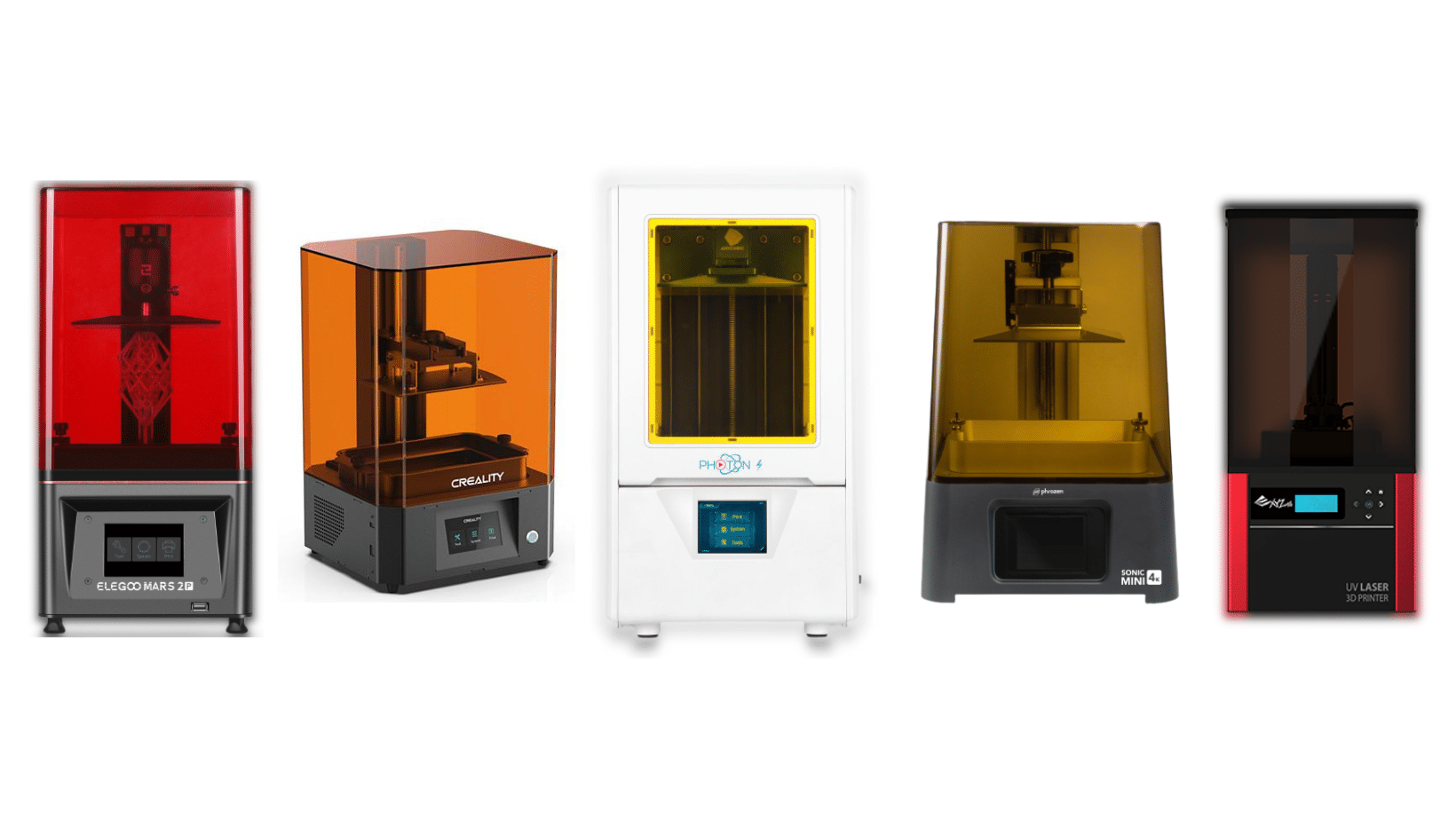Resin 3D printers are ideal for making accurate parts and materials. The process is quick and efficient, so it can work for all of your 3D printing needs. In this guide, we will discuss the basics of resin 3D printers and how they work, the a list of the best affordable resin 3d printers for 2021.
What is Resin 3D Printing?
A resin 3D printer is a type of additive manufacturing technology. It relies on stereolithography to quickly create high-quality, accurate models.
When the light source is aimed at the liquid resin, it cures until it becomes a hardened plastic. Typically, the light source is a projector or a laser. Components like the resin tank and build platform will also vary depending on the model you pick.
They can use a wide variety of materials too, so you can get creative with your prints. These machines used to be expensive – up to ten thousand dollars – but advancements in tech have made them rather affordable.
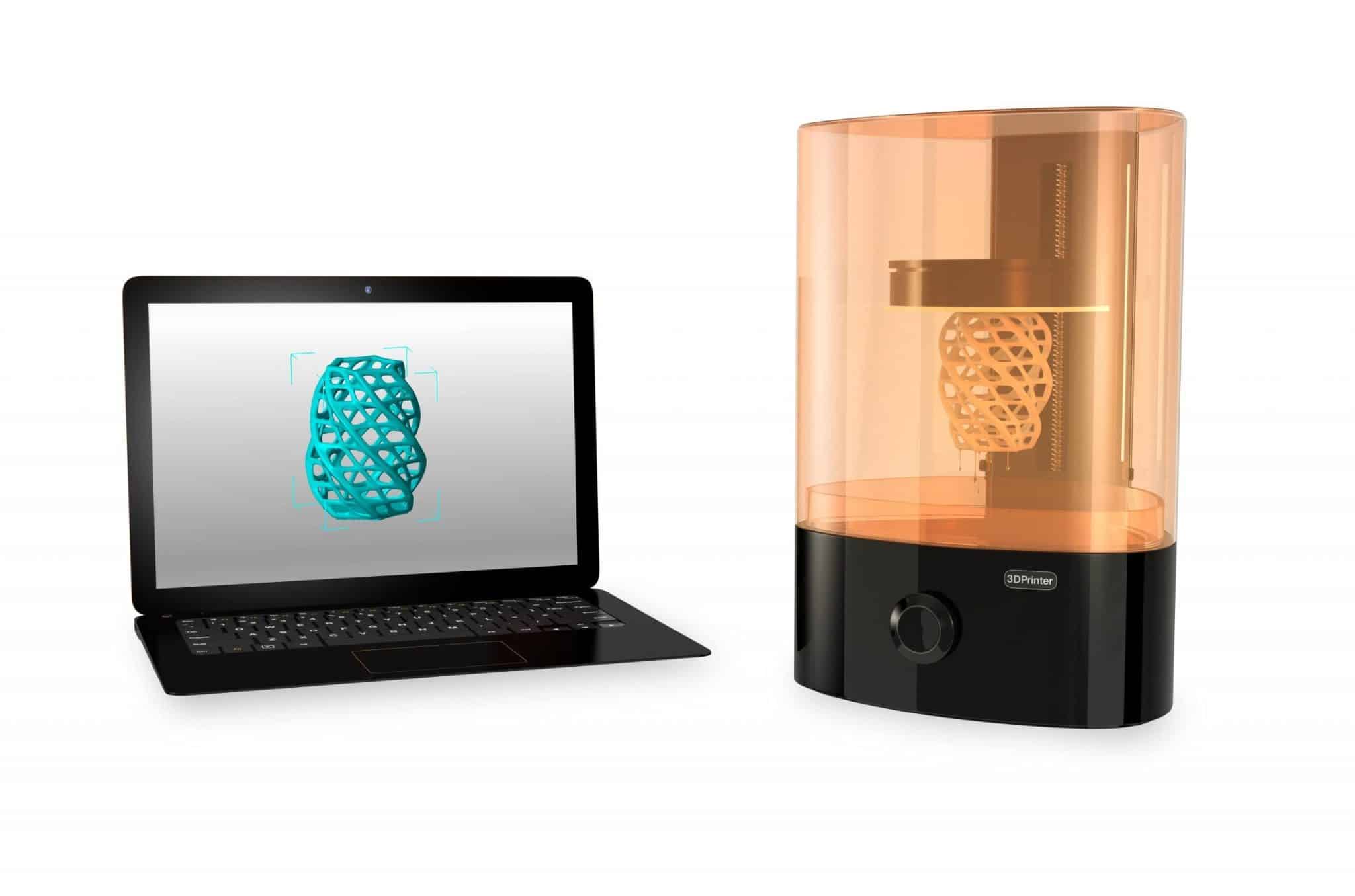
How it Works
Let’s dive into the resin 3D printing process in a bit more detail.
The first step is to create the design for your model. You can use 3D scan data or CAD software to come up with the specs, and once it’s ready you can import it into your machine. These instructions will be transmitted to the printer, and it will start making it!
The print head will spread out a layer of the resin, which starts in a liquid form. Since it’s a liquid, it will spread out over the platform to create consistency in the model. However, the resin is sensitive to UV lights so it will harden into a solid-state when the light from the laser or projector hits it.
The resin 3D printer will use the design instructions to create an outline in the liquid. This portion will harden, but the rest will stay in its original form.
It will keep repeating this process until the model is lowered, then the printer head will add a new layer. Little by little, the laser will continue to solidify the resin. Eventually, you will be left with a completed object!
When the model is finished, it is lifted out of the resin tank. Any leftover liquid polymer can be saved for more printing in the future. Next, you must rinse the model in isopropyl alcohol (IPA). This removes any uncured resin from the surface and allows you to complete the post-curing process.
You will then need to manually smoothen surfaces, remove support structures, and add color – and you have your finished product!
Different Types of Resin 3D Printing
While stereolithography, or SLA, is the most well-known type of resin 3D printing, there are two other methods: DLP and LCD. Here are the differences between each model.
SLA
SLA printing is the oldest type of process and uses a laser to cure the liquid resin. Galvanometers act as a mirror to direct the laser where it needs to go, so it solidifies the appropriate pattern and molds your object.
The SLA process also follows the steps outlined above, and it is the standard option for the best resin 3D printers. It produces layers through a single point at a time, so the print process can be slower than with DLP and LCD printers.
DLP
DLP stands for digital light processing and uses a projector to cure the resin instead of a laser. A digital micromirror device, which involves thousands of little mirrors, controls the lights to create your print.
The images flash incomplete layers onto the liquid polymer, so an entire section is completed at once. In other words, you can print objects rather quickly!
Likewise, since the projector screen contains pixels, your 3D model will contain them as well.
Although DLP printing is generally effective, there is a risk of distorting pixels along the edges since the projector has to expand to display the image in a larger area. If the object you build is small and narrow, though, you can achieve impressive precision.
Think of it like a photo – the further you zoom in, the lower the quality of the image! Professional machines have tools built in to correct some of this distortion, though, so it is still a great option.
LCD
The third type of resin 3D printing technology uses an LCD machine. It is similar to DLP models because it flashes a complete layer in the resin tank. However, it uses LEDs that shine through an LCD screen, not a projector, to cure the resin.
The screen works like a mask, so it hides everything except the pixels needed to form the layer. This means that LCD printers do not need special mirrors or devices to redirect the light rays. As a result, LCD models have impressive print speeds.
When you choose this option, you reduce your risk of pixel distortion. The LCD process doesn’t require expanding light, and the quality of the prints is based on the density of pixels in the LCD.

Tony K

Senior Mechanical Engineer
"Fantastic platform for purchasing custom parts"
Jiga is the best way to get the parts you need, when you need them.
Best Affordable Resin 3D Printers for 2021
Now that we’ve reviewed the different types of resin 3D printers on the market, and how they work, let’s get into our top picks of low-cost resin printers for 2021!
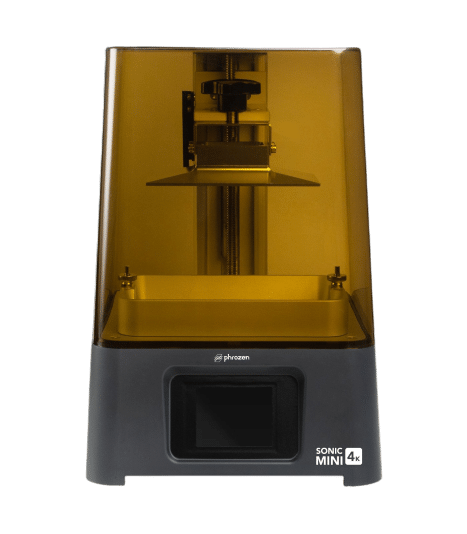
Phrozen Sonic Mini 4K
Our top pick for resin 3D printers in 2021 is the Phrozen Sonic Mini 4K. This impressive machine can print models quickly and in above-average detail.
It provides a great overall value too since the retail price is only $400! When it comes to getting the best feature for the price, this option tops the charts!
The Phrozen printer uses a monochrome LCD process to rapidly cure the liquid polymer. It has a 4k resolution, so you can incorporate a high level of detail into the objects you print. The machine itself is also aesthetically appealing, which is a bonus.
The Sonic Mini 4K also improves on previous Phrozen printers, with better components. It has an upgraded print plate and a repositioned stepper motor coupler for added efficiency.
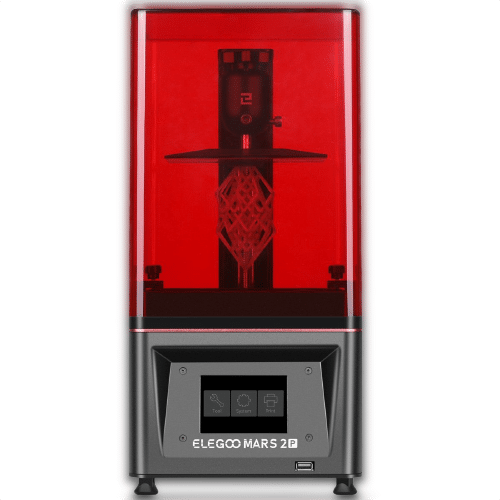
Elegoo Mars 2 Pro
Next up on our list is another affordable option: the Elegoo Mars 2 Pro. This resin 3D printer is easy to use and gives you access to a large community of users, so it is an ideal option for beginners or those looking for additional guidance.
The workflow is straightforward, and the operational simplicity means that you can get it up and running right away. If you have any issues, you can check out the various forums for helpful tips and tricks.
For only $330, the Elegoo Mars is a basic machine that still enables you to achieve high-quality prints. It’s not flashy and does not include any non-essential bells and whistles, but it can get the job done.
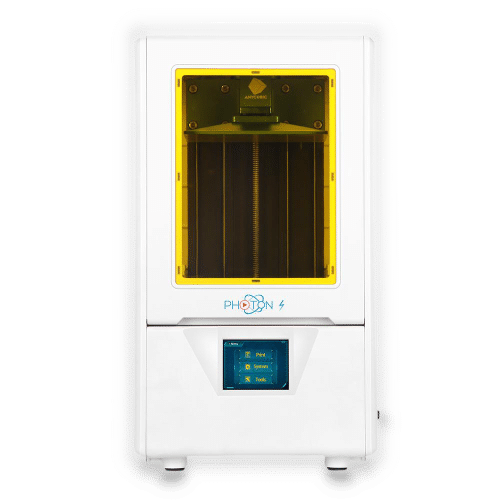
Anycubic Photon S
The Anycubic Photon S is another great resin 3D printer. It is priced at $250.
It has a large build volume, so you can create bigger models and prints than you could with a standard desktop 3D printer. Even though the build space is large it still creates detailed prints – without sacrificing speed!
The ease of setting up the Anycubic Photon S is another advantage. It requires minimal setup, so it is the perfect option for someone that wants to get started right away.
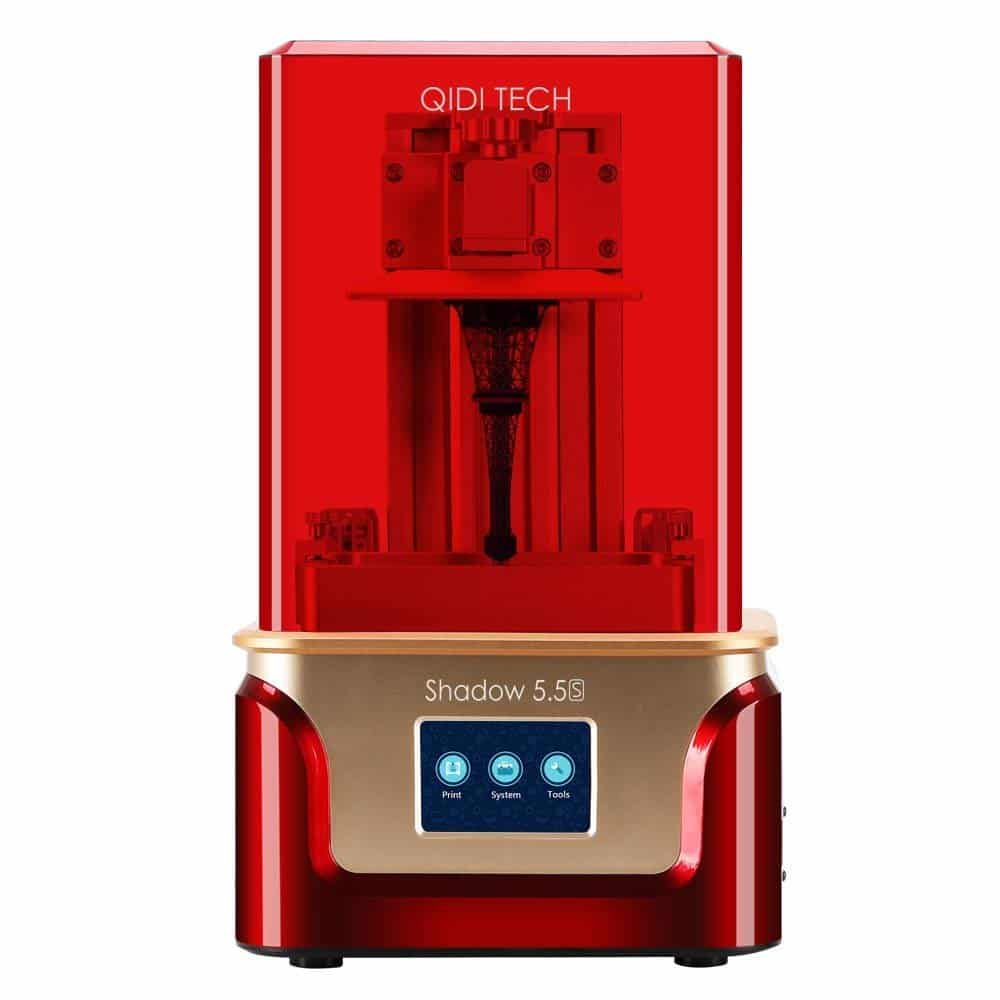
Qidi Tech Shadow 5.5 S
This machine is one of the most affordable resin 3D printers, starting at just $180. It uses a 2k LCD screen to achieve fast and accurate printing results.
The Qidi Tech Shadow 5.5 S has a special tempered glass and includes a convenient release film that is more durable and smoother than other options.
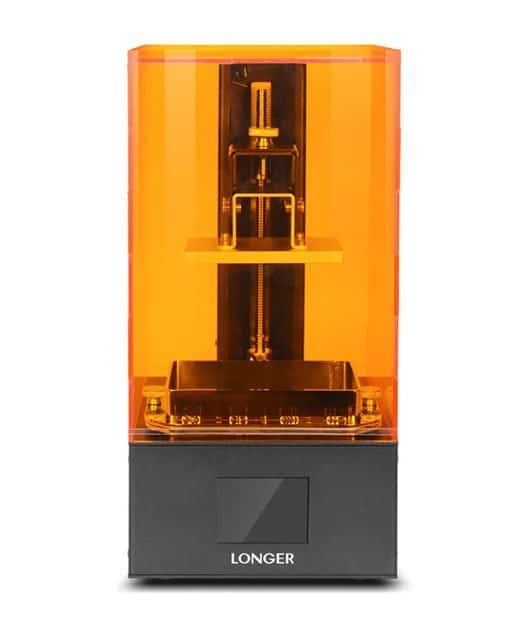
Longer3D Orange 10
Another affordable option is the Longer3D Orange 10. It retails for less than $270 and is preassembled for easy setup. This model lets you create high-precision models and includes slicing software that improves speed and accuracy!
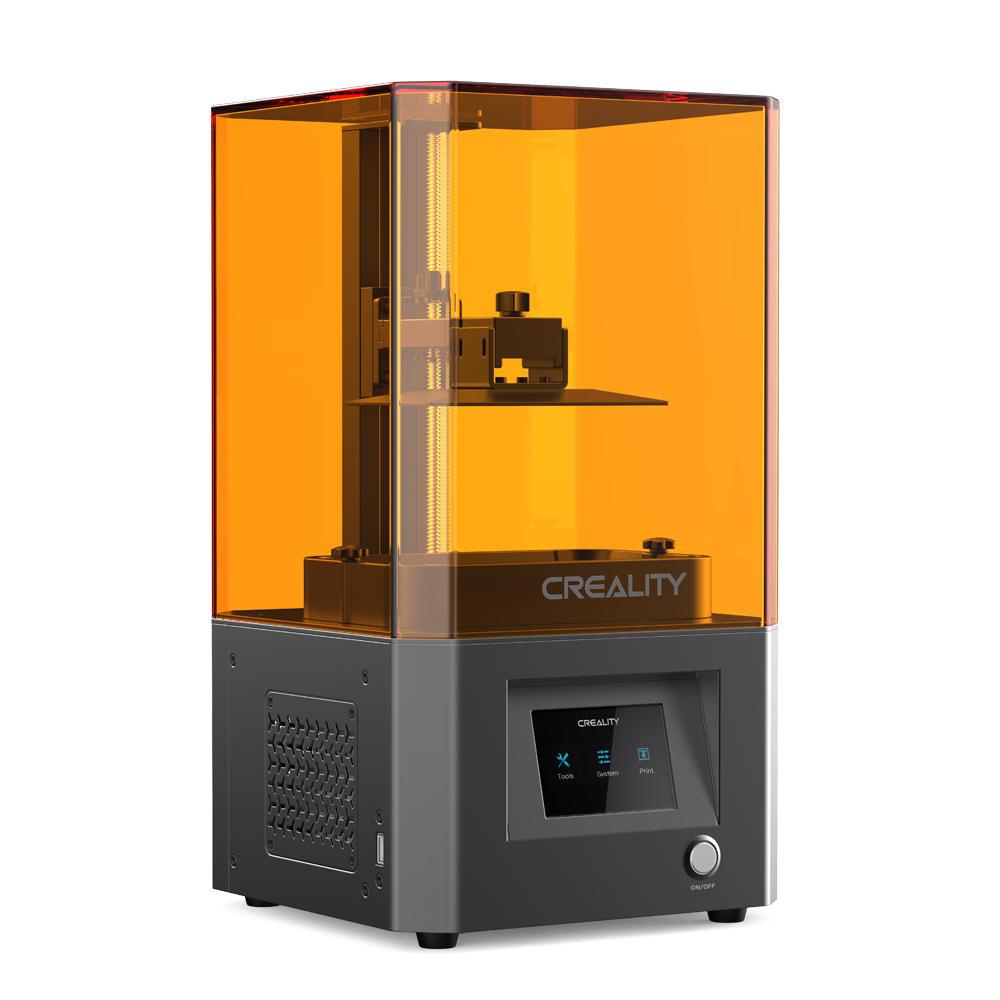
Creality LD-002R
Priced at $250, the Creality LD-002R is an ideal option when you are on a tight budget.
It is one of the fastest models on this list, as it can slice a 30Mb file in just one minute! For comparison, other machines with open-sourced slicing software can take up to ten minutes to print the same model.
The Creality LD-002R is also incredibly precise and offers a high resolution.
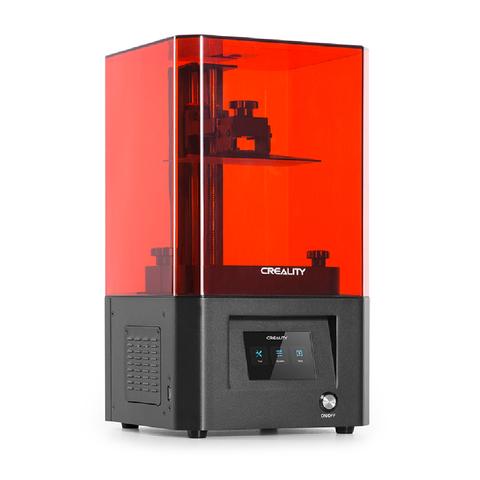
Creality LD-002H
This is another Creality machine worth mentioning. It also costs $250 but offers a longer lifespan and faster printing.
The LD-002H is simple to operate, and leveling the print platform is very straightforward. Since it is so user-friendly, this is one of the best resin 3D printers for beginners. It will help you save time and ensure you end up with high-quality products!
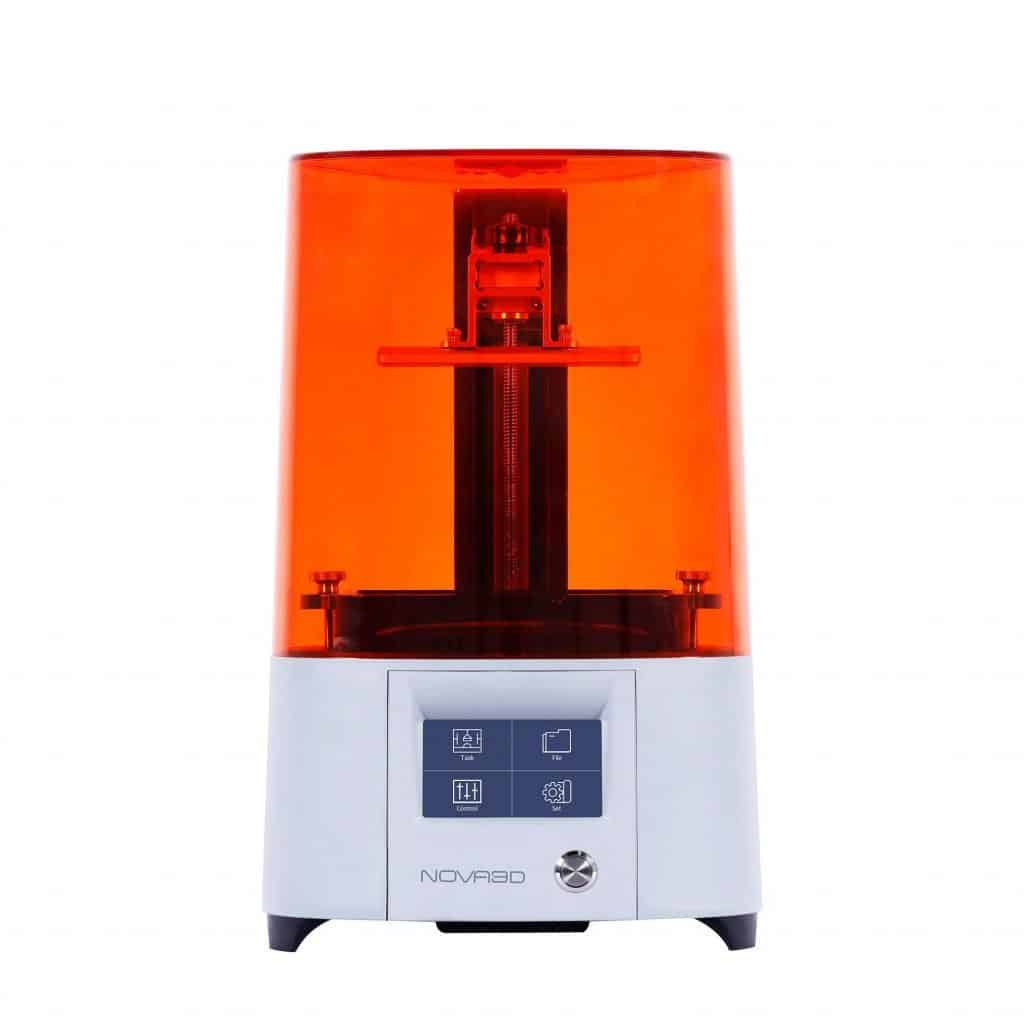
Nova3D Elfin 2
For $300, you can purchase the Nova3D Elfin 2. This machine is perfect for beginners and is ready to use right out of the box. It can achieve professional-quality slicing and speeds too.
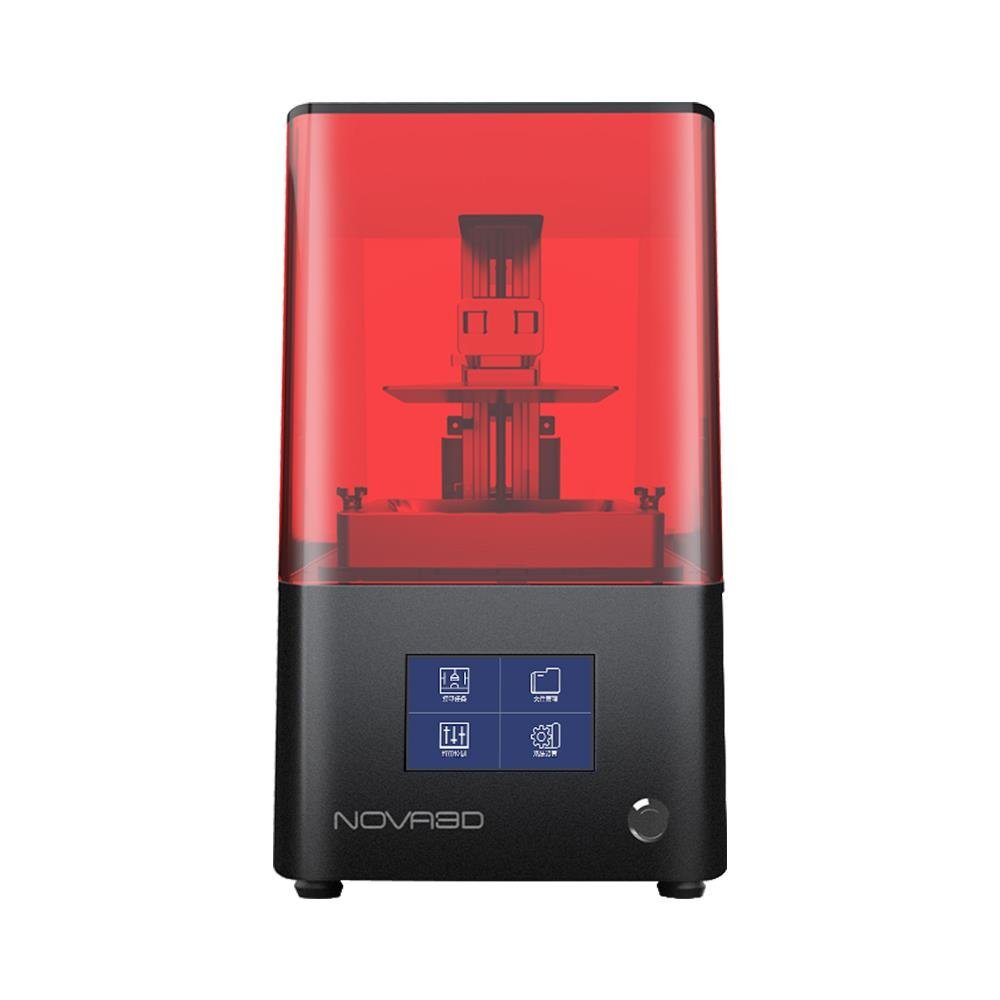
Nova 3D Bene4 Mono
The Nova 3D Bene4 Mono is slightly more expensive than the Elfin 2, retailing for $350. However, this machine includes more advanced features and improves your overall printing capabilities.
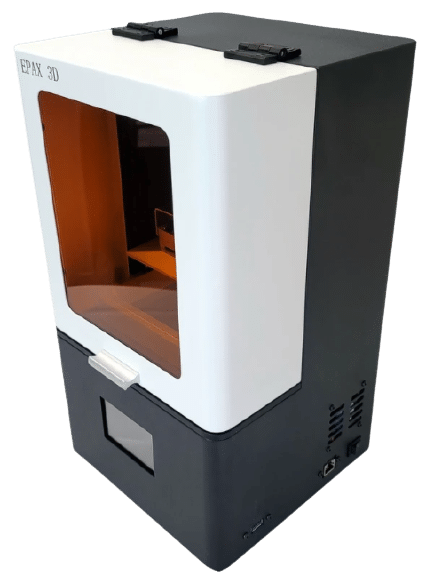
EPAX X1
The EPAX X1 has a 3.5-inch touch screen for ease of use, and it costs just under $430. Its LCD can capture fine details to enhance the quality of your prints. Similarly, the light source it uses is known to last longer than its competitors.

Asaf H

